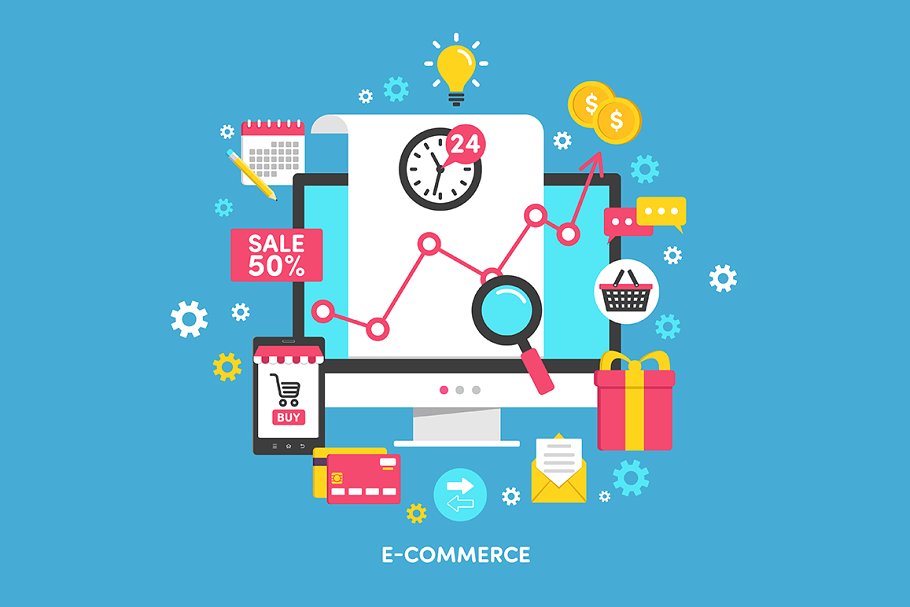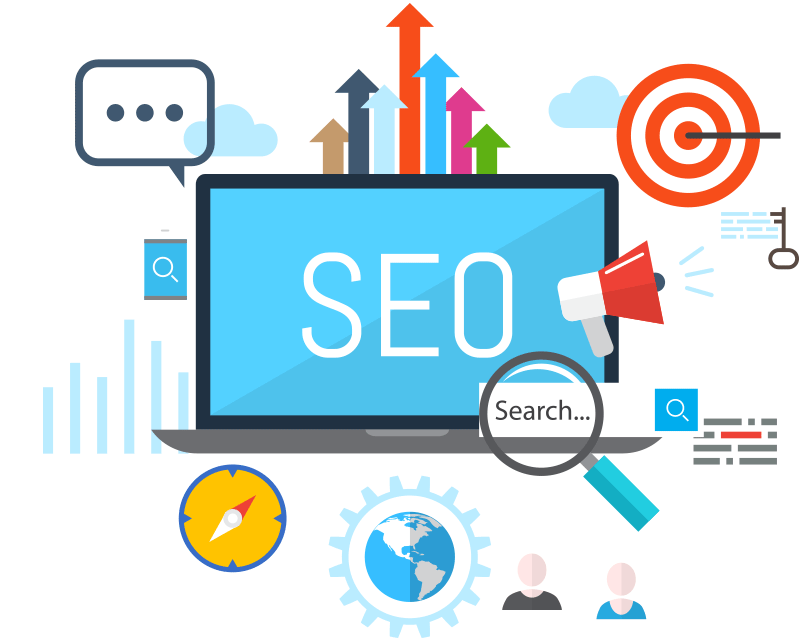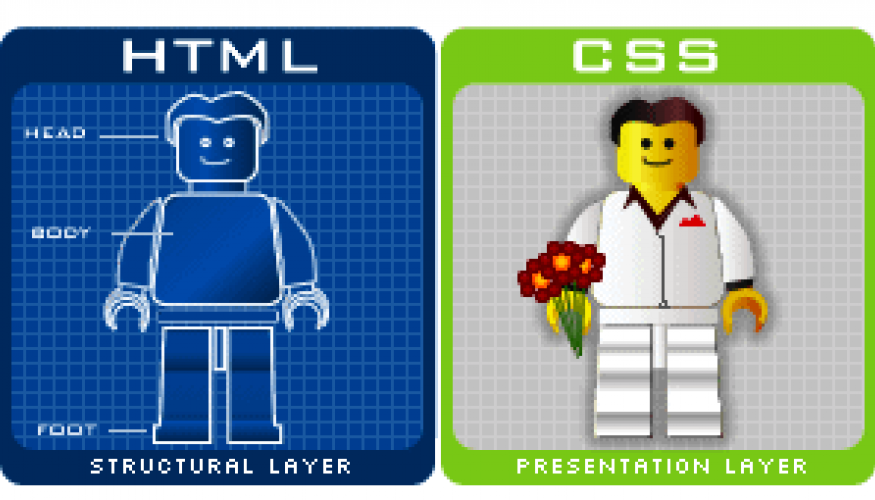Some of the Content Marketing Myths
Some of the companies believe that content marketing is among foremost influential marketing strategies but the institutes of content marketing have conducted some surveys which show that only 42% of the organization executes it properly. Truth about employing content marketing is that the companies aren’t employing proper strategy/plan or they don’t have the right skill to get a competent marketing content. More often than not, this instance arises from one common issue. It’s easy to say something is significant but harder far and away to put into practice. Content marketing is one of the foremost effective ways of promoting a brand but one must differentiate himself from the rest to make it happen. At the highest of the day if you’d wish to achieve success at content marketing you’d wish to remember the common misconceptions that exist around content marketing. It’s up to you to undertake everything in your power to avoid making these mistakes. Despite the benefits and acceptance, there are still some common myths and misconceptions that surround our world of content marketing which must be erased from the book immediately, and here are 6 of those myths.
Lengthy Content Doesn’t Work on Web
Web visitors tend to scan first before deciding to read a page of content. That’s the reason to break out the content into subheads with short sentences, bullet points, images, and videos. This concludes that shorter pages and blog posts are better. In any case, most are time-strapped. Long-form content works, I can tell this from my very own experience. I even have examined this extensively on blog posts. On the return on the blog, all of our top 10 posts of 2013 has one among subsequent characteristics: the post was approximately 1100 to 1600 words long. The post is predicated on research/data that’s hard to hunt out. That’s it. All of the shorter posts fall below the absolute best 10. The research excels because it’s unique. For the longer posts, I’ve found that it takes 1000 or more words to flesh out a subject. Many of the people ask to limit blog posts from 300 to 800 words.
Excessive Content
There are many studies out there that show a connection between the frequency of posting to a blog and the volume of leads generated. During an ideal world, I agree wholeheartedly. Within the planet, however, most of the people lack sufficient time or resources to post daily including multiple times a day. Enterprises and inbound marketing firms like HubSpot don’t face equivalent challenges. They’re having staff for content writing generating leads and for conversion testing. They have staff for content generation, lead generation, and conversion testing. This enables them to enterprise content in volume while upholding it, tracking social shares and interactions driving organic rankings, and supporting top-notch quality. For the resource-constrained this much activity is flawed. Content marketing not been carried out fully is just like an email spam campaign. Unless you’ve something interesting to mention don’t appear the hay just to mention you’re practicing content marketing.
Failing Due to High Bounce Rate
Most web marketers monitor website bounce rates obsessively. The quality aim is to drive several pages per visit and increased time on site. If someone visits one page and leaves then the two metrics are getting to be suffered. Every website differs from another. For websites that depend totally on content to drive traffic a much better bounce rate isn’t necessarily bad. Rather than blindly using the default definition of bounce rate believe using an adjusted bounce rate instead. As an example, if you’ve a site heavy on how-to videos and other similar content engagement could even be more important than overall page views. As a proxy for engagement adjust the bounce rate to urge obviate visitors who stay at a page over a selected amount of time. While if you post a two-minute video on the page don’t count visits in additional than two minutes as bounces. In any case, they made it through the video saw that your brand was behind it, and located the solution to their question.
It’s About the Blog
Marketers are more likely to love their blogs. In any case, we get to write down, engage with other professionals, and lift our profile within the industry. It’s also the sole to generate content rapidly and will greatly help your SEO campaign grow. Content is actually a post on a blog. There are several factors which you’ll mix and match when creating a well-rounded inventory of content assets.
1. Medium: How will be the content formatted? Is it in writing, in visual, during a video, an audio, or another format? How can we use related topics across different media?
2. Customer life cycle or Sales funnel stage: What audience are we going after, regarding knowledge folks and our products or services? Is this piece a high-level overview of why a product like ours is required?
3. Web personas: Who will be the target audience, who will be more interested in our content? Is it on the right topic and within the right voice for them?
Any content you create for prospects or customer consumption could also be a component of your content marketing efforts. Don’t box yourself in and think you’ll only do content marketing on your blog.
Content Must be Remarkable
One of the toughest parts of this whole process is creating remarkable content. In fact nearly every “the way to” you examine content marketing says that’s what you would like to try. How do I define remarkable content?
If you ask someone within the business they’re getting to hammer out terms like unique, engaging, viral, emotionally charged, passionate, informational, original, timely, inspirational, and top quality.
Got it? It is often easy to feel overwhelmed after reading all of this recommendation cut yourself some slack. Even the sole hitters in baseball don’t park the ball within the outfield seats whenever they swing a bat. But they keep coming to the plate expecting the right moment and seizing the prospect to mash when the time is true. A variety of your content will blow the roof off, but sort of its going to be “okay” to “excellent”. Don’t let it get you down. Simply act naturally, utilize a regular voice, be resolved about the qualities your image represents, and manufacture a story after some time. With enough swings, your next grand slam will come sometime.
Generating Leads by Content Marketing
Going back to the aim that frequent bloggers generate more leads, it’s true that content marketing is often conversant in support to lead generation. Content marketing isn’t only for generating leads. Once you think about content more holistically, as suggested above, you’re empowered to influence far more than an easy conversion event. Content marketing encompasses the whole buyer’s journey, including everything from thought leadership and branding, to demand generation to steer generation. We’ve worked with clients who increased lead volumes just by building out the whole buyers’ journey on their website. One particular client told their whole story within the language of their target persona written to focus only on the purchaser’s needs and this is often an outstanding example of content marketing at the very core itself.
This client operates under the thought that conversion could even be a process and not an occasion. I generally concur. Yes, the particular conversion is an occasion, but it rarely happens accidentally. Frequent bloggers are frequently changing readers who are tailing them for a considerable length of time or months. In these cases, the tactic of pushing an opportunity to convert starts long before a form is submitted. The diligence is in building the list of subscribers and convincing them that you simply are the right solution to their problems. Once convinced the conversion become easier. Content marketing isn’t about generating leads intrinsically, it’s about positioning yourself as a best-suited option so your prospects want to convert when presented in conjunction with your offer.










